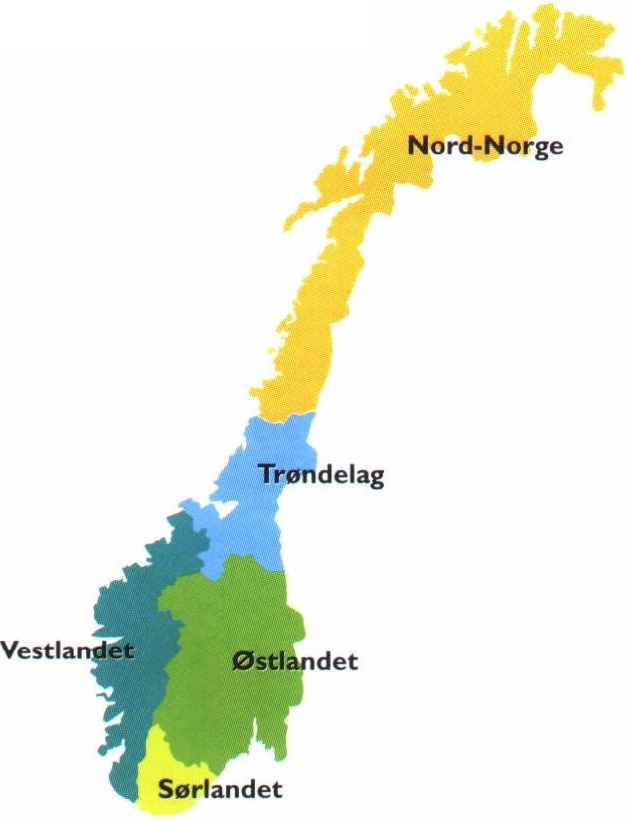5 Extras - LearnNoW
MENU
5 Extras
5.3 Food and drink
5.3 Food and drink
| et brød a (loaf of) bread |
|
| ei brødskive a slice of bread |
|
| en ost a cheese |
|
| en salami a salami |
|
| ei skinke a ham |
|
| et glass melk a glass of milk |
|
| en kopp te a cup of tea |
|
| en kopp kaffe a cup of coffee |
|
| et glass vann a glass of water |
|
| et glass jus a glass of juice |
|
| et eple an apple |
|
| en banan a banana |
|
| et kakestykke a piece of cake |
|
| en brus/et glass brus a soda/a glass of soda |
5.5 Ut, ute, utenfor
5.5 Ut, ute, utenfor
Ut (out) is used for movement. It tells you that someone is going out of somewhere.
| «Kom deg ut!» sier Dina. «Get out!» Dina says. |
| Alex går ut av Dinas rom. Alex goes out of Dina's room. |
Ute (out, outside) is used for stationary situations. It is very often used in the meaning «outdoors».
| Katten sitter ute på trappa. The cat is sitting outside/outdoors on the staircase. |
| De spiser ute på terrassen. They are eating out/outside on the terrace. |
| Alex liker å være ute. Alex likes being outdoors. |
We cannot use ut together with a noun. If we want to say that someone or something is outside somewhere, we must use utenfor (outside):
| Utenfor huset sitter en katt. Outside the house, there is a cat. |
| Ben kjører til et kjøpesenter utenfor sentrum. Ben is driving to a shopping center outside the town center. |
Sometimes we drop the noun after utenfor if there is no doubt what noun there should be:
| Cecilie og Alex går ut av butikken. Utenfor ser de Anne Olsen. Cecilie and Alex go out of the shop. Outside (the shop) they see Anne Olsen. |
| Cecilie sitter og ser ut av vinduet. Hun ser naboen utenfor. Cecilie is looking out the window. She sees the neighbour outside (her window / her house). |


















